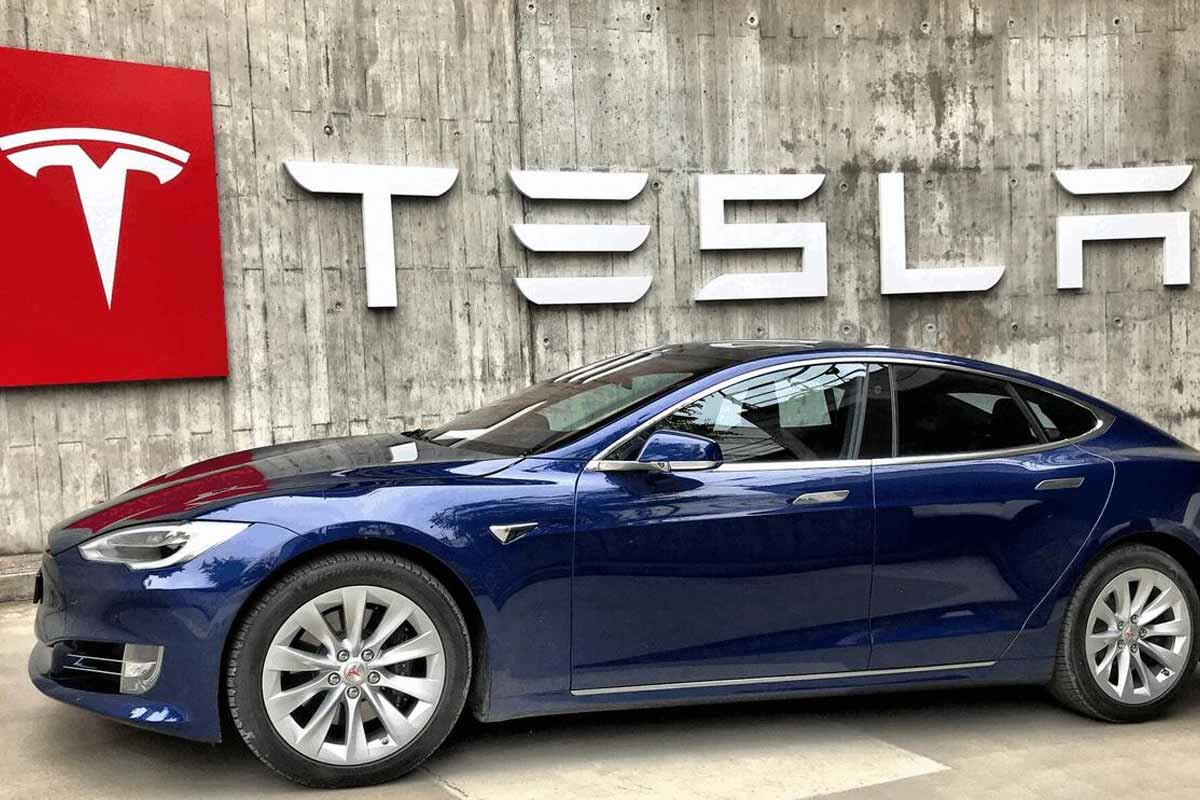A single investment can reset the rules of energy and mobility. With $557 million on the table, Tesla signals storage at true utility scale. The project elevates batteries from backup to backbone, so power stays steady when demand jumps. Markets feel it as pricing shifts, and operators gain room to breathe. Engineers get a clear target, while rivals face a higher bar. The clock starts now, and execution will decide who leads the next phase.
Why This Facility Marks a Strategic Pivot for Tesla
The project carries a price tag of 4 billion yuan, or $557 million, and it speaks to ambition. The budget shows intent, while the design shows reach across manufacturing, logistics, and grid services. Money alone does not guarantee success, yet scale unlocks options that small pilots never can.
Timelines matter because power planning runs on calendars. Teams aim for commissioning by 2027, so suppliers and operators can plan around that date. Schedules change, yet a defined horizon guides site work, software integration, and testing. A clear runway also reassures partners that execution will match talk.
Strategy shifts when a company treats storage as a core business, not a side bet. Energy revenue grows alongside mobility, so margins diversify and risk spreads. The platform approach helps because hardware, software, and service form one stack. A unified stack speeds delivery and simplifies support at scale.
How the Station Stabilizes China’s Expanding Grid
Grid stability needs buffers because renewables swing with wind and sun. The station will act like a shock absorber that buys during off-peak hours and discharges at peaks. That routine smooths frequency, limits curtailment, and reduces expensive ramping. A predictable buffer lowers stress on transmission lines and plants.
Scale matters in records and in results. The new site is set to surpass the current Shandong record of 1 GWh, a useful benchmark. Bigger storage means longer support windows during evening load spikes. That capacity helps operators ride through faults, storms, or sudden demand waves without costly outages for users.
Price signals drive behavior, and batteries follow those signals in real time. The system can shift megawatt-hours across hours, so markets clear more efficiently. With Tesla providing dispatch software plus hardware, operators gain a single throat to choke. That alignment cuts integration risk and shortens the path to value.
Megapacks, Scale, and Real-World Reliability
Building blocks define projects like bricks define walls. Each Megapack provides about 3.9 MWh, so planners can estimate stacks and strings. The modular approach helps with phased delivery, field service, and future upgrades. Smaller replaceable units keep uptime high while crews swap parts without halting the entire site.
Reliability is not an accident; it comes from testing and telemetry. Software tunes charge and discharge to protect cells during heat or high load. Predictive checks spot weak modules before they fail, so crews act early. That process lowers lifecycle costs and improves availability during the daily evening ramp.
Manufacturing proximity clears bottlenecks and improves cadence. A Megapack plant in Lingang, Shanghai, started work in February and has already produced more than 100 units. The output proves ramp capability, not just slide-deck plans. With nearby ports and suppliers, logistics shorten, and commissioning teams move faster between project milestones.
Competition, Timelines, and the Market Shock Ahead
No market stands still, and rivals push hard. CATL and BYD together hold about 54% of the global battery market, so pressure stays high. Domestic depth matters when supply chains tighten or input prices swing. A strong home base helps any firm secure cells, components, and talent under stress.
Storage demand keeps rising as grids absorb more variable power. Reports point to China eyeing around 40 GW of storage before year-end, which changes procurement math. More storage means broader use cases, from peak shaving to black-start support. The learning curve lowers costs, then wider adoption drives another step down.
Renewables build-out sets the context. Rough estimates say about half of new renewable capacity now comes online within China, with a 329 GW target by 2024 cited in planning. Big bases need big buffers or congestion gets worse. Storage provides that buffer, so generation and demand stay in better harmony.
Why Tesla Picked Shanghai and What Comes Next
Location shapes outcomes because infrastructure compounds advantages. Shanghai offers deep logistics, experienced contractors, and quick customs. Ports move heavy gear, roads handle oversized loads, and skilled teams reduce rework. Those basics look boring, yet they decide whether projects finish on time and work on day one.
Partnerships lower friction when goals align. Local backing speeds permits, site access, and grid interconnection, so risk drops. The move also shows how trade tension can ease when both sides benefit. With Tesla bringing capital and technology, and the host bringing scale and demand, each party gains predictable value.
Long-term effects spread beyond one fence line. Storage supports resilient grids, steadier prices, and lower curtailment of wind and solar. Operators gain flexible tools during heat waves or cold snaps, so service quality improves. Lessons learned then travel to other regions, and the next build gets faster, safer, and cheaper.
What This Investment Signals for Global Energy Strategy
A single project cannot solve every grid challenge, yet smart storage changes the playbook. The $557 million spend sets direction, 2027 anchors the clock, and records fall when capacity scales past 1 GWh. With Tesla treating storage as a pillar, competition sharpens, costs slide, and reliability improves for people who simply need the lights on.
